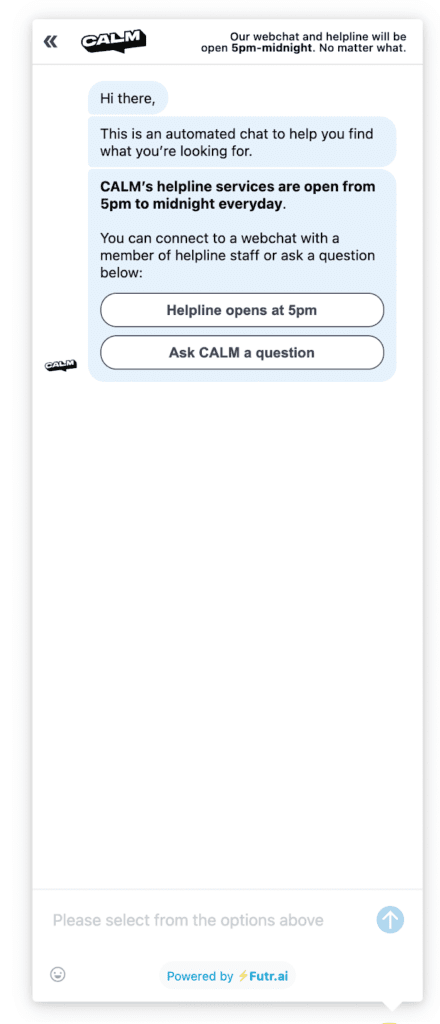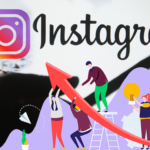It’s no secret that the COVID-19 pandemic has negatively impacted all kinds of industries. But it’s been particularly disruptive for charities and nonprofit organizations.
For starters, lockdowns and social distancing guidelines meant that face-to-face fundraising had to be put on hold — it’s why fundraising was the biggest challenge for charity organizations in 2020, according to a survey by the Nonprofit Leadership Center.
Meanwhile, the Independent Sector — a coalition of nonprofits, foundations and corporate giving programs — reports that 83% of charities reported declining yearly revenues in 2020.
And as anyone working in the charity sector will tell you, a hit to revenue also means a potential hit on services (for beneficiaries).
Post Contents
It’s Time For Charities To Go Digital
Fortunately, it’s not all bad news. The pandemic was also a watershed moment for digital transformation in the wake of billions of people turning to digital channels for work, shopping, entertainment and more. Digital transformation may also hold the keys to resilience and continuity for charities. Here’s how.
1. Use Chatbots To Enable Digital Fundraising And Service Delivery
Let’s face it, charity workers and volunteers do their best work when they can personally engage donors through face-to-face interactions. But as many charities learned at the height of the pandemic, these interactions can also occur on digital channels.
The status of UK fundraising 2020 benchmark report shows that 60% of charities took to digital channels to raise donations — three in four organizations said it was the first time they had done it.
Chatbots for charities are the perfect solution for enabling digital fundraising, providing answers to frequently asked questions, such as:
- What does your charity do?
- How can I donate to your cause?
- How much can I donate to your charity?
- Where can I find more information about your charity?
Chatbots can also enable the delivery of your charity’s services. For example, the Campaign Against Living Miserably (CALM), a suicide prevention charity, uses chatbots to ensure that anyone needing help has an outlet 24/7.

Since rolling out their chatbot, CALM has cut call waiting times by 73% and responded to queries at an average response time of 1.3 seconds.
2. Leverage Data Analytics To Gain Insights Into Donors, Volunteers And Beneficiaries
One of the benefits of digital platforms like chatbots and customer relationship management (CRM) software is that these services typically come with an analytics backend that can reveal information about your donors, volunteers and employees, as well as your beneficiaries.
For example, by measuring key performance indicators and metrics about your fundraising efforts through live chat, you can gain insight into things like:
- Your donors’ most frequent objections to giving
- The typical amount donors give
- Your volunteers’ most frequently asked questions about charity activities
- Your beneficiaries’ location, age brackets, gender and more.
All this information enables you to make data-driven decisions to improve your operations, messaging and procedures. In fact, an IBM report notes that 78% of nonprofits that leverage advanced analytics are more effective than those that don’t.
3. Enable Cashless Fundraising
Social distancing guidelines and concerns about personal hygiene at the peak of the pandemic unsurprisingly led to a sharp decline in donors making cash donations between March (34%) and April (13%) 2020, according to a report by Charities Aid Foundation. At the same time, the percentage of donations made through an app or website increased by 11% during the same period.
Chatbots can enable cashless fundraising by automating questions about donations, sending reminders to previous donors and processing donations (through integrations with payment platforms like PayPal and Stripe) within the conversation itself. Best of all, donors can give without interacting with a live human agent.

4. Adopt CRM Tools
Customer Relationship Management (CRM) solutions are often associated with sales and marketing processes in for-profit organizations, but they can also be incredibly useful for nonprofits and charities.
You will, however, have to rethink the meaning of the acronym CRM. Instead of the C standing for customers, think of constituents, which can include:
- Members
- Donors
- Volunteers
- Alumni
- Students
- Media partners
- Vendors
- Corporate partners.
CRM solutions allow your charity to track membership numbers, donation records, donation history of individual donors and even engagement across all your marketing campaigns.
They give you a unified view of your entire constituent base, allowing you to make data-driven decisions on things like campaign messaging, member services and donor outreach. Moreover, many CRM providers have discounts for verified charities and nonprofit organizations.
Use Digital Tools To Rally People To Your Cause
Digital transformation is no longer the exclusive domain of for-profit organisations. Charities and nonprofits can choose from a wide range of tools and software specifically designed to engage their stakeholders, raise more donations and reach out to more people at scale.






























